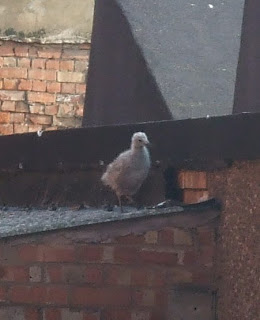Our first calling point was Winterbourne House and Garden, belonging to the University of Birmingham. I used to have lectures at Winterbourne, and I lived right next to it as part of the last cohort at University House (now the Birmingham Business School). But I had never been for a look round. So it was an absolute delight to discover magnificent, expansive gardens and a fascinating Arts and Crafts style house.
 |
| Winterbourne walled garden |
Winterbourne was built in 1903 for the Nettlefold family - powerful Birmingham-based industrialists who owned a factory in Smethwick which made woodscrews. Various incarnations later, and the business still survives today as GKN in Redditch.
 |
| Oriental garden |
Out in the garden, we roamed through woodland trails, strolled through pretty walled gardens, crossed still water via a Japanese bridge and ventured into hothouses full of orchids and cacti.
As the heavens opened, we moved on to our second discovery of the day - Moseley Park and Pool. Once again, I lived in Moseley for several years but had never had the chance to go in the park. Usually accessible by keyholding residents only, it had thrown open its gates today for the world to see.
We were surprised to find a sizeable lake, complete with boathouse, and swans that were clearly used to being fed! The park is also home to an 18th Century ice house. Two extremely informative guides from the Moseley Society explained to us how the ice house was constructed to function as a pre-electricity refrigerator, and how its use was primarily ostentatious - the lord of the manor used it to served chilled wine to his guests at summer dinner parties!
 |
| Moseley Pool |









